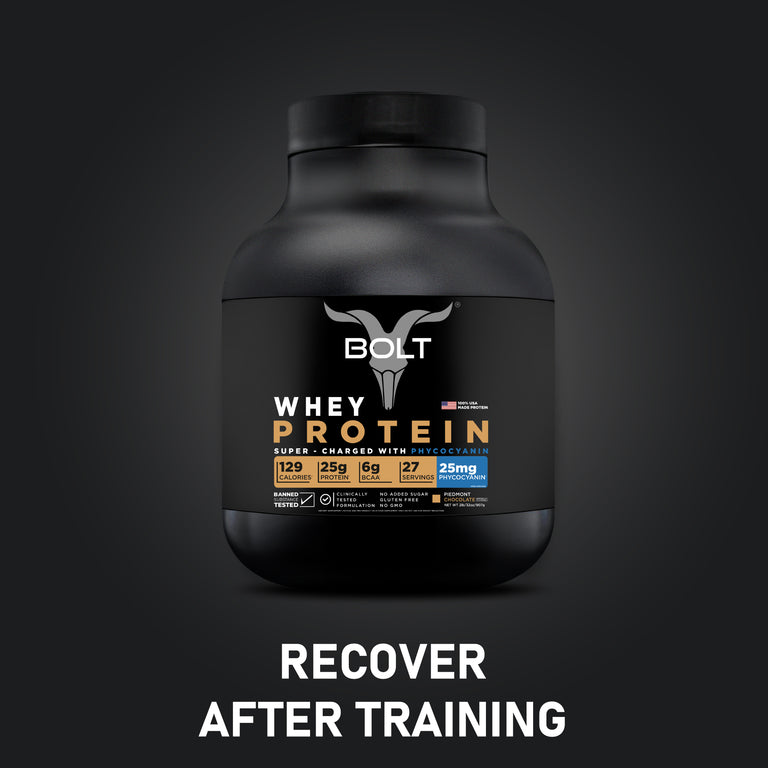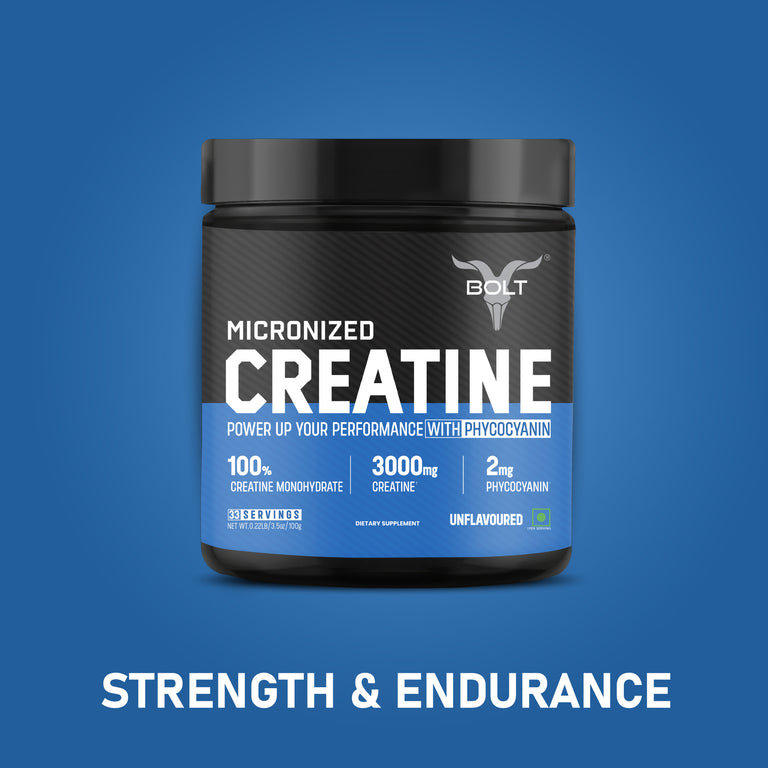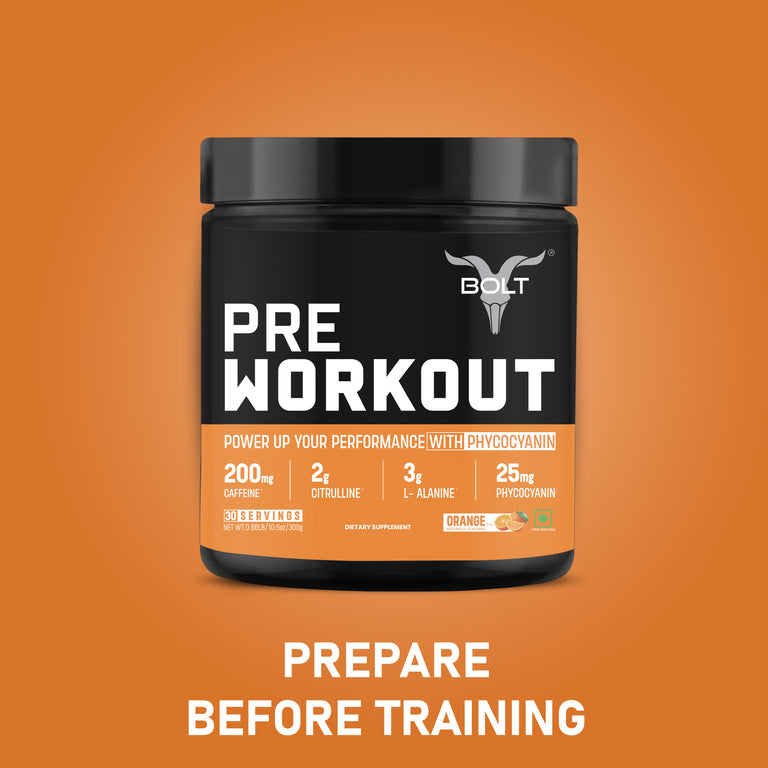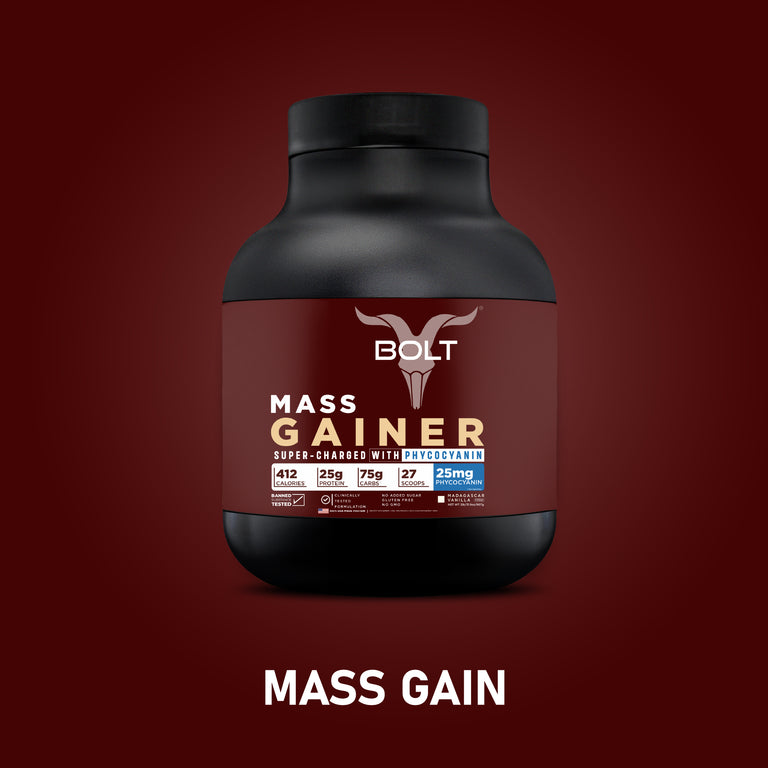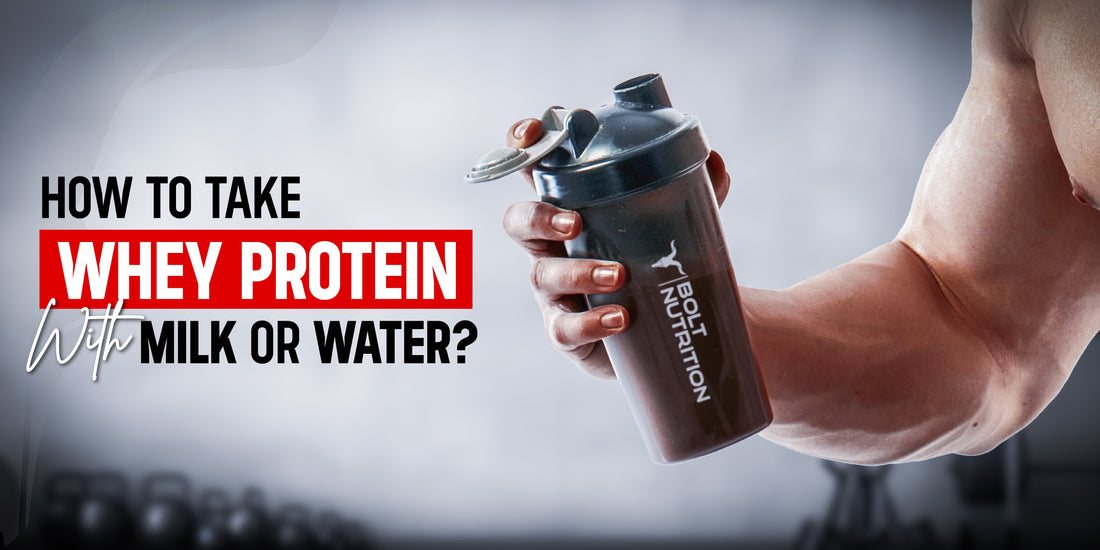
Taking Whey Protein: With Milk or Water?
byWhey protein is a staple supplement for muscle growth, recovery, and overall fitness. A frequently debated topic is whether whey protein should be consumed with milk or water.
Both options have their pros and cons, and your choice depends on your fitness goals, digestion, and personal preference. In this guide, we’ll break down the benefits of mixing whey protein with milk vs. water, so you can make the best choice.
Whey Protein with Milk: Pros & Cons
Benefits of Mixing Whey Protein with Milk
✅ Better Taste & Creamier Texture – Milk enhances flavor and provides a richer, smoother shake.
✅ More Calories & Nutrients – Ideal for those looking to gain weight or muscle mass.
✅ Additional Protein – A cup of milk adds 8g of protein, further boosting muscle recovery.
✅ Slow & Sustained Absorption – The casein protein in milk slows digestion, providing a longer-lasting amino acid release.
Downsides of Mixing with Milk
Higher Calorie Content – Not ideal for those on a calorie-restricted diet.
Slower Digestion – May delay protein absorption post-workout.
Lactose Sensitivity Issues – Not suitable for those with lactose intolerance.
Whey Protein with Water: Pros & Cons
Benefits of Mixing Whey Protein with Water
✅ Faster Absorption – Ideal for post-workout recovery, as whey is quickly digested.
✅ Lower Calories – Perfect for those on a fat-loss or low-calorie diet.
✅ Easier Digestion – No lactose, making it suitable for those with dairy sensitivities.
✅ More Convenient – Easily mixable anywhere, anytime.
Downsides of Mixing with Water
Less Creamy & Flavorful – Water doesn’t add taste or texture like milk does.
No Additional Nutrients – Unlike milk, water doesn’t provide extra protein, fats, or carbs.
Milk vs. Water: Which is Best for Your Goals?
|
Goal |
Whey Protein with Milk |
Whey Protein with Water |
|
Muscle Gain & Bulking |
✅ Ideal (more calories & protein) |
❌ Less effective |
|
Fat Loss & Cutting |
❌ Higher in calories |
✅ Best choice (low-calorie) |
|
Fast Recovery Post-Workout |
❌ Slower digestion |
✅ Faster absorption |
|
Lactose Intolerance |
❌ Not suitable |
✅ Best choice |
|
Taste & Texture |
✅ Creamier & richer |
❌ More watery |
FAQ – Whey Protein with Milk or Water
1. Does mixing whey protein with milk slow absorption?
Yes. Milk contains casein protein, which slows digestion, making it a good option for sustained protein release but not ideal for fast post-workout absorption.
2. Is whey protein with water effective for muscle growth?
Yes! Whey protein alone contains all essential amino acids needed for muscle growth. Adding water won’t reduce its effectiveness but won’t provide extra nutrients like milk does.
3. Can I mix whey protein with almond or soy milk?
Yes! Almond, soy, and other plant-based milk options are good alternatives for those avoiding dairy, though they may have lower protein content than cow’s milk.
4. What’s the best way to take whey protein for weight loss?
Mixing whey protein with water keeps calories low while still providing muscle-building benefits. Also, consider taking it as a meal replacement or post-workout shake.
5. Should I use milk or water for pre-workout protein shakes?
For a lighter, easily digestible option, use water before a workout. If you need sustained energy, use milk.
Conclusion
Both milk and water have their advantages when mixing whey protein.
- Use milk if you want extra calories, protein, and a creamier taste – great for muscle building and bulking.
- Use water if you want faster absorption, lower calories, and an easy-to-digest option – ideal for fat loss and post-workout recovery.
Fuel your fitness journey with Bolt Nutrition’s premium whey protein, designed for muscle growth, recovery, and performance.
